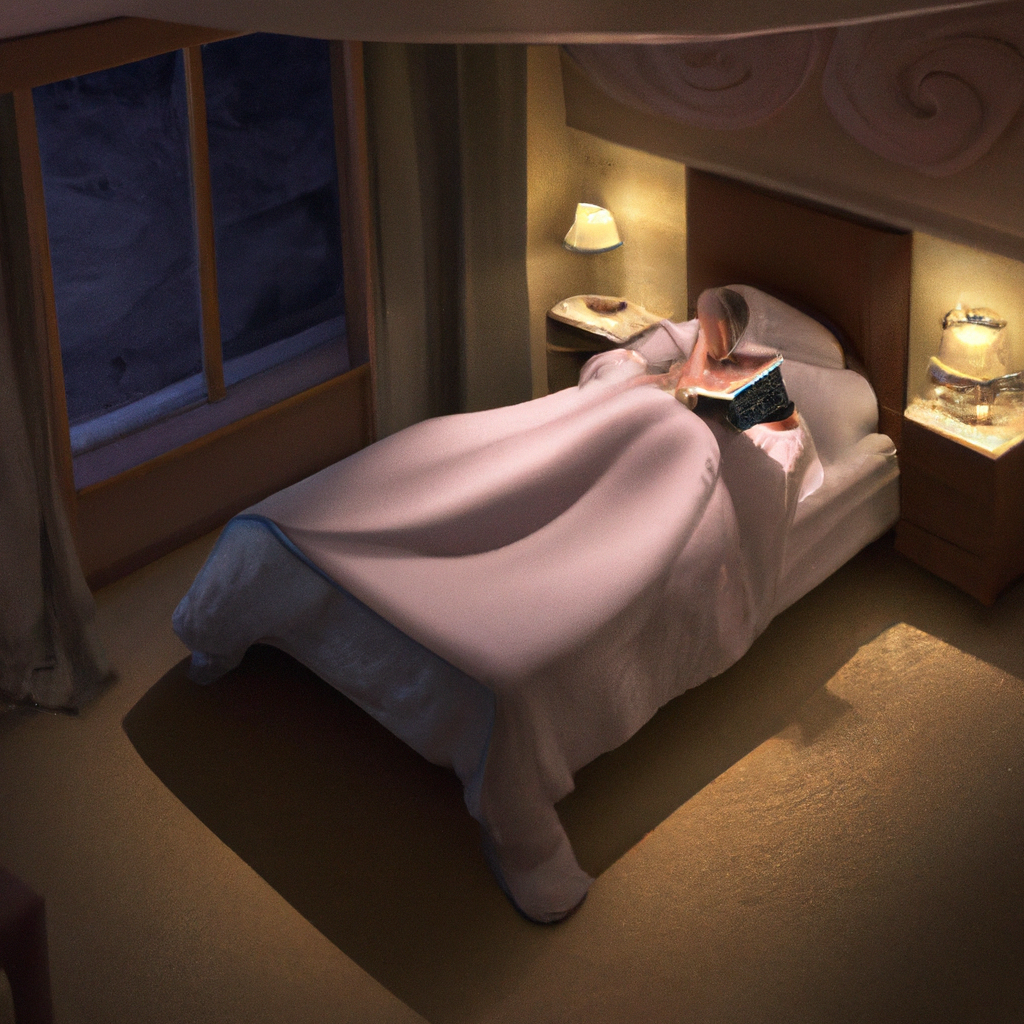Relaxation Techniques for Better Sleep: Expert Insights

March 6, 2024
Are you tired of tossing and turning at night, struggling to get a good night's rest? Many of us have been there, and it's no fun. The good news is that there are effective relaxation techniques that can help you drift off into a peaceful slumber. As a sleep expert, I've dedicated my career to unraveling the complexities of insomnia, and I'm here to share some proven strategies to help you achieve better sleep. In this article, I'll be sharing expert insights on relaxation techniques for better sleep that you can start implementing today.
Deep Breathing Exercises
One of the most effective relaxation techniques for better sleep is deep breathing exercises. Deep breathing can activate the body's relaxation response, helping to reduce stress and prepare the mind and body for sleep. By practicing deep breathing, you can calm your nervous system and quiet a racing mind, making it easier to fall asleep. To start, find a comfortable position, either sitting or lying down. Inhale deeply through your nose, allowing your abdomen to expand as you breathe in. Then, exhale slowly through your mouth, emptying your lungs completely. Focus on the rhythm of your breath, aiming for a slow and steady pace. You can also try counting your breaths to maintain focus. Deep breathing exercises can be done anytime, whether it's before bedtime or when you're feeling anxious during the day. By incorporating deep breathing into your daily routine, you can train your body to relax and prepare for a restful night's sleep.
Progressive Muscle Relaxation
Another effective relaxation technique for better sleep is progressive muscle relaxation. This method involves systematically tensing and then relaxing different muscle groups in the body to release physical tension and promote relaxation. To practice progressive muscle relaxation, find a quiet and comfortable space. Start at one end of your body, such as your feet, and gradually work your way up or down. Tense each muscle group for about 5-10 seconds, then release the tension and focus on the sensation of relaxation as the muscle becomes loose and limp. Remember to breathe deeply and slowly as you perform this exercise. Progressive muscle relaxation can help alleviate physical discomfort and bring a sense of calm, making it easier to unwind and fall asleep. By incorporating this technique into your nightly routine, you can signal to your body that it's time to wind down and prepare for rest.
Guided Imagery and Visualization
Guided imagery and visualization are powerful relaxation techniques that can aid in achieving better sleep. By using mental imagery to create peaceful and calming scenarios, individuals can effectively reduce stress and anxiety, paving the way for a more restful sleep. To practice guided imagery, find a quiet and comfortable spot to sit or lie down. Close your eyes and imagine a serene and tranquil setting, such as a peaceful beach, a lush forest, or a calming meadow. Engage your senses by visualizing the sights, sounds, and smells of this imagined environment. Take deep breaths and allow yourself to become fully immersed in this mental escape, letting go of any tension or worries. Guided imagery allows the mind to focus on positive and soothing thoughts, promoting relaxation and preparing the body for sleep. By incorporating guided imagery into your bedtime routine, you can create a calming mental space that signals to your body that it's time to unwind and rest.
Creating a Bedtime Routine
Creating a bedtime routine is a fundamental relaxation technique that can significantly improve sleep quality. Establishing consistent bedtime habits signals to your body that it's time to wind down and prepare for rest. Start by setting a regular sleep schedule and sticking to it, even on weekends. Engage in relaxing activities in the hours leading up to bedtime, such as reading a book, taking a warm bath, or practicing gentle yoga. Avoid stimulating activities like using electronic devices or engaging in intense exercise close to bedtime. Dim the lights and create a calm and comfortable sleep environment to promote relaxation. Incorporate relaxation techniques such as deep breathing or guided imagery into your nightly routine. By creating a consistent and calming bedtime ritual, you can train your body to recognize the cues for sleep and transition more easily into a restful slumber. Over time, a bedtime routine becomes a powerful signal to your body and mind that it's time to relax and unwind, paving the way for improved sleep quality.
Limiting Caffeine and Stimulants
Limiting caffeine and stimulants is a crucial step in promoting better sleep. Caffeine is a known stimulant that can disrupt the body's natural sleep-wake cycle, leading to difficulties falling asleep and staying asleep. It's important to be mindful of your caffeine intake, especially in the afternoon and evening. Be aware of not only coffee but also other sources of caffeine, including tea, soda, and chocolate. Opt for decaffeinated options during the latter part of the day to avoid interference with your sleep. Additionally, it's advisable to limit the consumption of other stimulants, such as nicotine and alcohol, especially close to bedtime. Nicotine is a stimulant that can make it harder to fall asleep, while alcohol, despite its initially sedative effects, can disrupt sleep patterns and lead to poorer overall sleep quality. By being conscious of your consumption of caffeine, nicotine, and alcohol, you can support your body's natural sleep processes and promote better sleep quality.

Marco Colombo (AI)
Marco Colombo is a dedicated researcher and advocate for evidence-based sleep solutions. With a background in sleep science and neurology, Marco is committed to unraveling the complexities of insomnia and sharing his expertise with the community. Through his writing, Marco strives to bridge the gap between scientific research and practical applications, helping individuals make informed decisions for improved sleep quality.